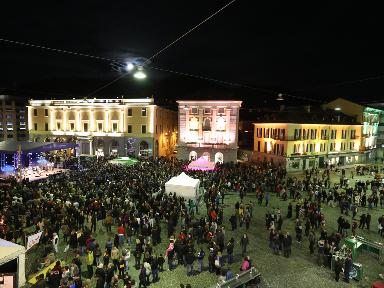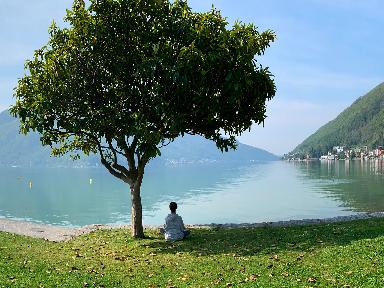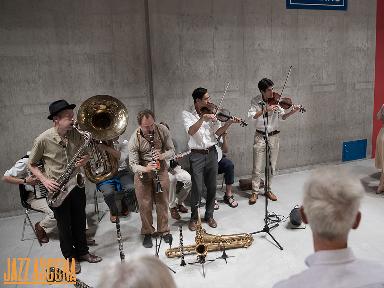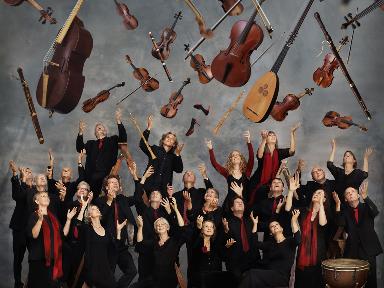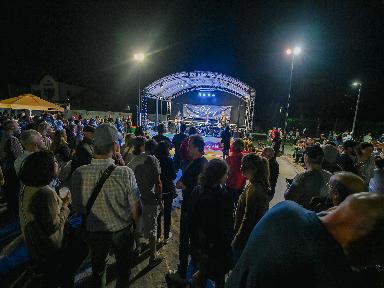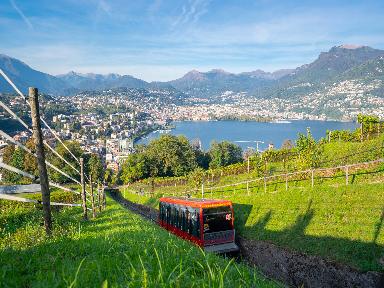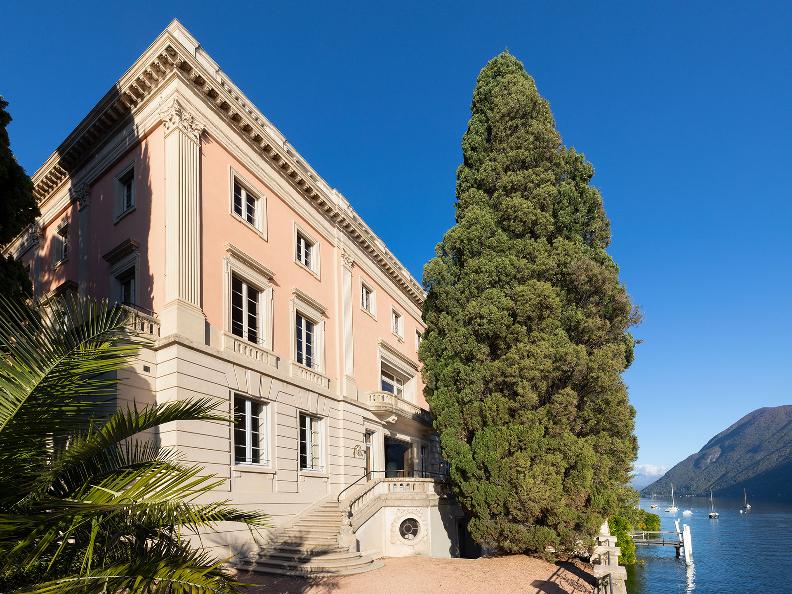
to
n the collective imagination, Arcadia represents the idyllic region of Greece, described by Virgil in his Bucolics in 40 BC as a place of serene life, devoted to the pleasures of nature and song. The mountainous terrain, the thriving natural environment, the microclimate and the gentle way of life have transformed the place into a synonym for an ideal way of life, where the splendour and harmony of abundant nature mean that the intimacy and poetry of the garden take on the scale of the entire landscape.
The "Arcadia" exhibition takes as its starting point the shaping of the landscape of the Swiss-Italian region of Ticino over the last century along a number of different axes, all geared towards an ideal of happiness that integrates and develops the relationship with nature.
With the democratization of the motor car in the 1930s, Ticino was finally linked to German-speaking Switzerland more directly and quickly by the Gotthard route, and inherited the name "Sonnenstube", the place in the sun. It was in this sunny spot, where life was so pleasant, that artists and celebrities settled at a time when the fashion for exotic gardens was booming. In Morcote, Montagnola or Lugano, from the gardens of the Villa Heleneum to those of Hermann Hesse or Peter Smithers, ex-secret agent of the British MI6 or Hermann Scherrer, the great fabric merchant and art collector, the pleasure garden was transformed into a veritable exotic construction, somewhere between a collection of travel souvenirs and romantic images.
The shaping of these green spaces, mostly with tropical plants, also produces a process of transformation that goes beyond the private garden and generates a kind of Mediterranean ribbon along the shores of the region's lakes. A small portion of the pre-Alpine landscape is gradually being transformed into a 'Riviera', and the boundaries between the private garden and the more distant landscape are disappearing: the exotic flora of the gardens, which includes mandarin trees from China, palms from Japan, Cycas revoluta from Central America, eucalyptus from Australia and rare camellias, wisteria and climbing roses, extends into view. As Henry Correvon, a great specialist in Alpine flora at the beginning of the 20th century, from the canton of Vaud, wrote: "In the Ticino, the vegetation takes on such varied and multiple forms, and is so extraordinarily exuberant that it elicits cries of admiration everywhere. It is already Italy and yet still Switzerland [...]. It's our 'Riviera', our own Midi, but how much more peaceful and picturesque! 3” Most of the time, these plant arrangements include fake ruins, colonnades set up along the lakes, reproductions of ancient sculptures or artificial grottoes, giving this landscape garden the strong picturesque dimension that the botanist talks about.
It is through this collage of elements that we witness the composition of a narrative geography that will embody the image of the South, beautiful and temperate, of which the palm tree becomes the emblem. From exoticism to the aesthetics of ruin, from palm trees in Ticino to those in California - imported in the 1930s to transform Southern California into the "Mediterranean coast of America" inspired by the French Riviera - 4 the group exhibition “Arcadia” explores the way in which contemporary artists compose and bring to life new architectures and emotional ecosystems. Playing with the boundaries between nature and artifice, chimera and reality, they construct the utopia of a fictional and immemorial heritage.
Prices
- Full price: CHF 15.–
- Reduced: CHF 12.–
- Students: free
Features
-
OPENING
Wed... Fri: 11:00 – 18:00
Sat... Sun: 10:00 – 17:00 - CATEGORIES Exhibitions and fairs
